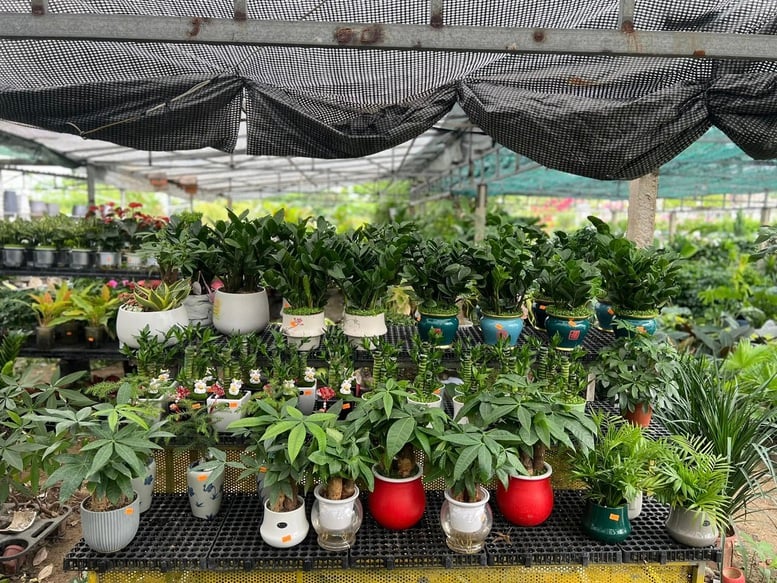
Domestically, the demand for flowers and ornamental plants increases by 10-15% per year - Photo: VGP/Do Huong
Vietnam's ornamental flower industry is increasingly asserting its important role in modern agriculture, becoming a promising economic sector. According to Prof. Dr. Nguyen Thi Lan, Director of the Vietnam Academy of Agriculture, the country currently has about 45,000 hectares of ornamental flowers, with an output of 6 million branches, a production value of VND45,000 billion/year and an export turnover of over USD100 million. Roses, chrysanthemums, and phalaenopsis orchids are the main export flowers, with the main markets being Japan, Korea, the Netherlands and Australia. Domestically, consumption demand increases by 10-15%/year, with an average spending of VND45,000/person/year on ornamental flowers, serving decorative, festival and cultural purposes.
Localities such as Da Lat (Lam Dong), Hanoi, and Ho Chi Minh City have established high-tech flower growing areas. Da Lat, with more than 9,000 hectares of flower cultivation, is known as the "flower capital" of Vietnam, applying greenhouse technology, drip irrigation, and tissue culture to produce roses, carnations, and phalaenopsis orchids that meet export standards. Hanoi has Tay Tuu and Nhat Tan flower villages famous for peach and kumquat blossoms, combined with eco -tourism models, attracting visitors during Tet. Ho Chi Minh City focuses on ornamental plants and orchids, with high-tech nurseries serving both domestic and export markets.
In addition to specialized areas, cooperative models and cooperative groups are also developing strongly. Cai Mon Ornamental Plants Cooperative (Ben Tre) is an example, linking farmers to produce bonsai and yellow apricot trees, with an export value of tens of millions of USD each year. The value chain linkage model is also implemented in Sa Dec (Dong Thap), where farmers, businesses and research facilities cooperate to produce chrysanthemums and marigolds, meeting VietGAP and GlobalGAP standards. Some large enterprises such as Dalat Hasfarm apply digital technology , using IoT to manage humidity and light in greenhouses, improving flower productivity and quality.
The ornamental flower industry is growing strongly in the world. In 2024, global cut flower exports will reach 3.45 billion USD, growing 8%/year. Europe, although accounting for only 12% of the flower growing area, generates 42% of the output value, with an average value of 120,000 Euro/ha thanks to intensive cultivation. China and Japan have yields of 10,000 and 140,000 Euro/ha/year, respectively, thanks to greenhouse applications (17% in China, 51% in Japan). Vietnam, with diverse climatic conditions and abundant human resources, has the potential to establish similar models if there is synchronous participation from the central, local, enterprises and artisans.
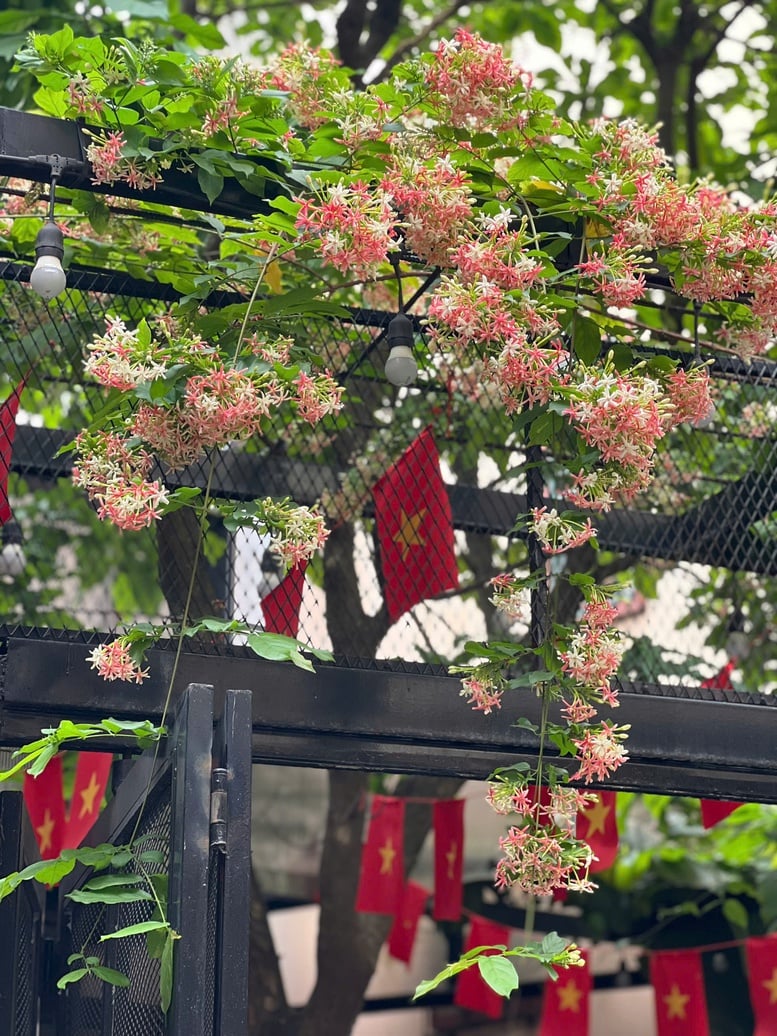
It is necessary to research and import new flower varieties, perfecting the production process from breeding, planting, care, to preservation - Photo: VGP/Do Huong
5 groups of solutions to develop the flower and ornamental plant market
Prof. Dr. Pham Van Cuong, Deputy Director of the Vietnam Academy of Agriculture, said that Vietnam's ornamental flower industry has great potential, but faces many challenges. Lack of proper planning for specialized areas, limited production and preservation technology, low competitiveness and impacts from climate change are the main barriers. In addition, dependence on a few export markets and lack of national brands also prevent the industry from reaching its full potential.
Ms. Duong Thi Nga, Deputy Director of the Northern Center for Cultivation and Plant Protection, said that it is necessary to research and import new flower varieties, perfect the production process from breeding, planting, care, to preservation, encourage sustainable farming and preserve gene sources to enrich products and genetic materials. Applying digital technology in management, production, consumption, and adjusting standards and regulations on ornamental flowers and plants is also a top priority.
To turn ornamental flowers into a sustainable economic sector, Deputy Minister of Agriculture and Environment Hoang Trung said there are five key groups of solutions. One, perfecting institutions, recognizing ornamental flowers as an official economic sector in the national crop structure, developing preferential policies on credit, land, tax and reviewing the Industry Development Project until 2030.
Second, organize professional production, develop specialized areas in localities with advantages, encourage cooperatives, cooperative groups and chains linked with enterprises as the center. The Deputy Minister emphasized: "It is necessary to build an ecosystem for the ornamental flower industry, where products not only have high quality and aesthetic value but also have identification, are linked to traceability, sustainable standards and transactions on digital platforms, and participate in international supply chains".
Third, promote research and application of high technology. Increase the selection and creation of high-value native flower varieties, apply greenhouses, drip irrigation, AI, IoT in production, preservation, distribution, and build technology centers, nurseries, and modern processing stations. Fourth, develop markets and build brands, expand domestic consumption through e-commerce, modern distribution systems, combine eco-tourism, and promote exports, take advantage of free trade agreements and form a national flower trading floor alliance connecting the region and the world. Fifth, develop human resources, vocational training, and ornamental plant care skills for farmers and artisans, build specialized programs at universities, and promote the role of research institutes and the Vietnam Ornamental Plants Association.
With the support of policies, science and determination of all parties, Vietnamese ornamental plants promise to become a spearhead, sustainable and globally competitive economic sector, contributing to improving the value of agriculture and people's lives.
Do Huong
Source: https://baochinhphu.vn/nganh-hoa-cay-canh-co-du-dia-tang-truong-lon-102250511183259956.htm




![[Photo] T&T 1 and Ho Chi Minh City 1 People's Police Teams won the men's and women's team championships](https://vphoto.vietnam.vn/thumb/1200x675/vietnam/resource/IMAGE/2025/5/22/39db06ae67cb4001b7a556e8d9a56d07)








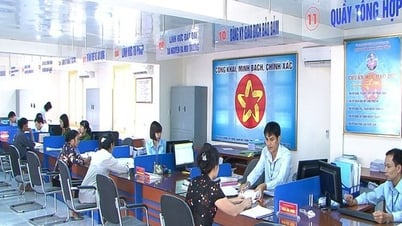


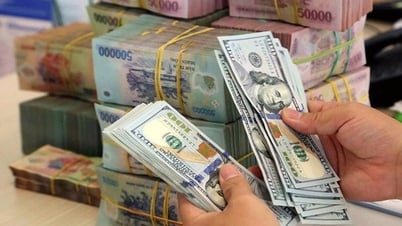






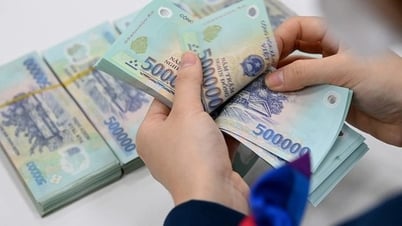


































































![[Podcast] Week introducing more than 500 OCOP products in Hanoi](https://vphoto.vietnam.vn/thumb/402x226/vietnam/resource/IMAGE/2025/5/22/d144aac2416744718388dbae3260e7fd)

Comment (0)